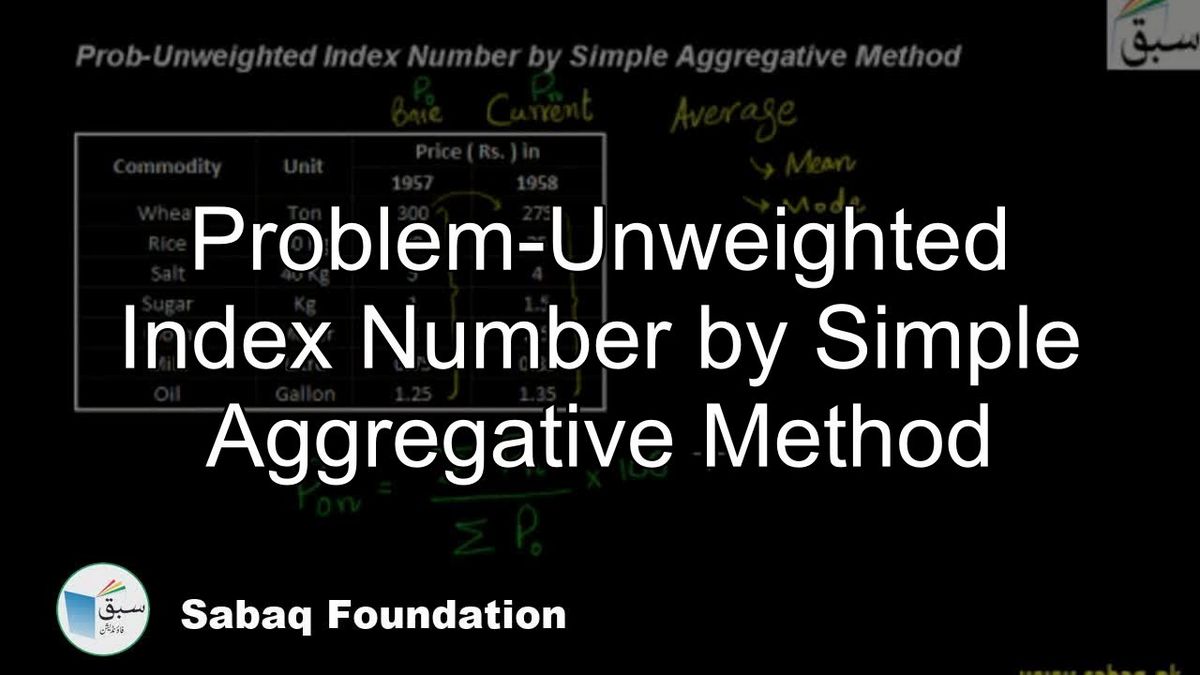Unweighted Index What it Means How it Works Implications

Unweighted Index: What it Means, How it Works, Implications
What Is an Unweighted Index?
An unweighted index is comprised of securities with equal weight. An equivalent dollar amount is invested in each component. For an unweighted stock index, one stock’s performance will not have a dramatic effect on the index as a whole.
This differs from weighted indexes, where some stocks are given more weight based on market capitalizations.
Key Takeaways
– An unweighted index gives equal allocation to all securities.
– A weighted index gives more weight to certain securities based on market capitalization.
– One index type isn’t necessarily better than another, they are just showing data in different ways.
Understanding Unweighted Indexes
Unweighted indexes are rare, as most indexes are based on market capitalizations, whereby companies with larger market caps are accorded higher index weights than companies with lower market caps.
The most prominent unweighted stock index is the S&P 500 Equal Weight Index (EWI). It includes the same constituents as the capitalization-weighted S&P 500 Index, but each company is allocated a fixed percentage weight of 0.2%.
Implications for Index Funds and ETFs
Passive fund managers construct index funds or ETFs based on leading indexes such as the S&P 500 Index. Most choose to mimic their investment vehicles on market capitalization-weighted indexes, which means they must buy more of the rising stocks to match the index, or sell more of the declining stocks. This can create a circular situation of momentum where an increase in a stock’s value leads to more buying, adding to the upward pressure on the price. The reverse is true on the downside.
An index fund or ETF structured on an unweighted index, on the other hand, sticks to equal allocations among the components. In the case of the S&P 500 Equal Weight Index, the fund manager would periodically rebalance investment amounts so that each is 0.2% of the total.
Is Unweighted or Weighted Better?
One type of index isn’t necessarily better than another, they are just showing different things. The weighted index shows performance typically by market capitalization, while the unweighted index reflects unweighted performance across the components.
One pitfall of a weighted index is that returns will be based largely on the most heavily weighted components, and the smaller component returns may be hidden or have little effect. This could mean that most of the stocks in the S&P 500, for example, are actually declining even though the index is rising because the stocks with the most weight are rising while most of the stocks with little weight are falling.
The flip side of this argument is that smaller companies come and go, and therefore they shouldn’t be given as much weight as the large companies with a larger shareholder base.
An unweighted or equal weight index reflects how a pool of stocks is doing. It may be a better index for investors who aren’t investing in the most heavily weighted stocks or are more interested in whether most stocks are moving higher or lower. The unweighted index does a better job of showing this than a weighted index.
In terms of performance, sometimes an unweighted index outperforms the weighted index, and other times the reverse is true. When deciding which index to track or mimic, look at the performance and volatility of both to assess the better option.
Real-World Example of Weighted and Unweighted
The Nasdaq 100 Index is one hundred of the largest companies listed on the Nasdaq exchange. It is a weighted index based on market capitalization, although the index caps how much weight any individual stock can have.
The Nasdaq 100 Equal Weight Index has an equal weight of 1% assigned to each of the 100 components.
Over time, the weightings can have dramatic effects on returns. The following chart shows the Nasdaq 100 EWI as candles and the Nasdaq 100 as a pink line.
Between 2006 and 2019, the Nasdaq 100 returned 70% more than its EWI counterpart, showing that the larger-cap stocks tended to bolster returns for the weighted index. This may not always be the case. Depending on the index, sometimes the unweighted version outperforms the weighted version.
Along the bottom of the chart is a correlation coefficient, showing that most of the time the two indexes are highly correlated, near a value of one. But on occasion, the two indexes diverge or may not move in the same direction. These are periods where how the index is weighted affects its performance relative to the other.



